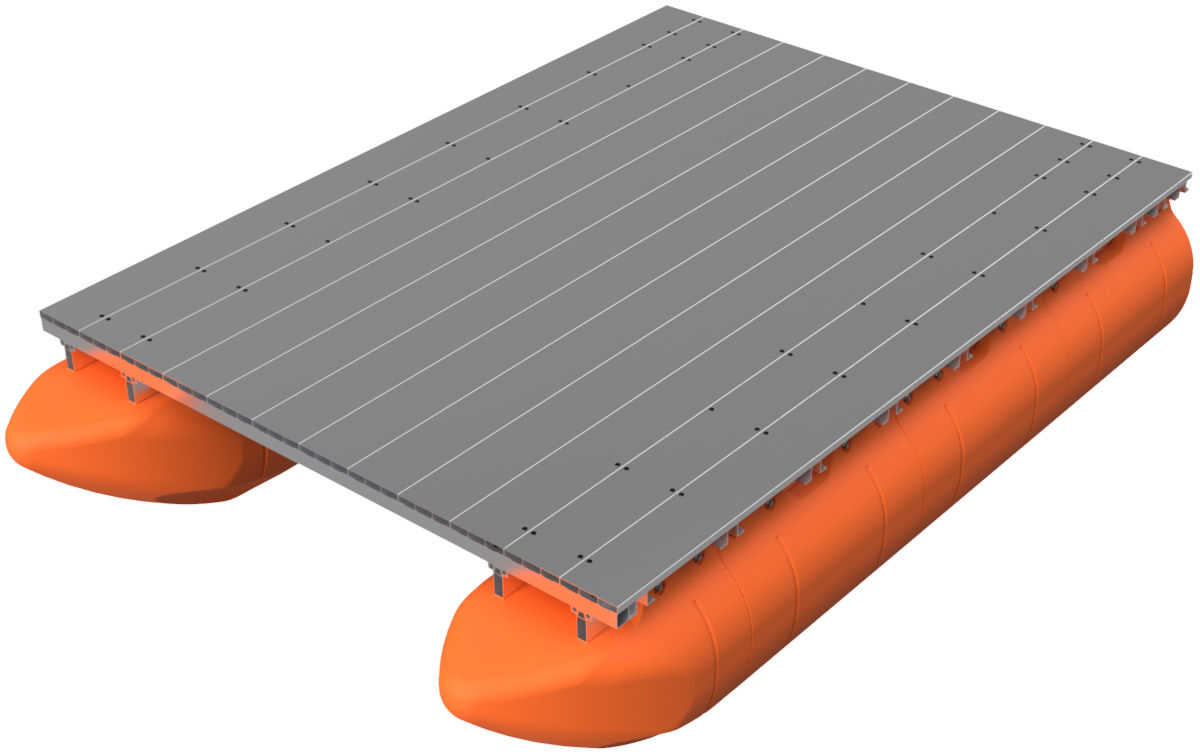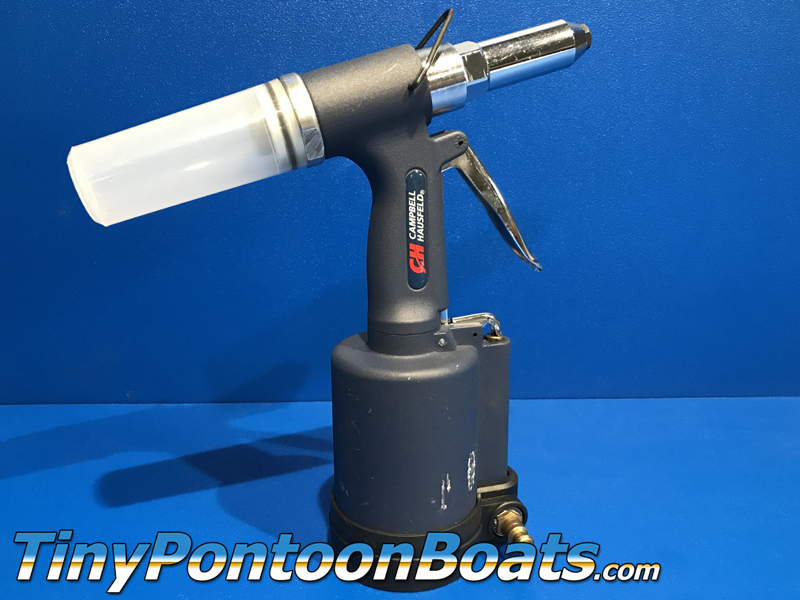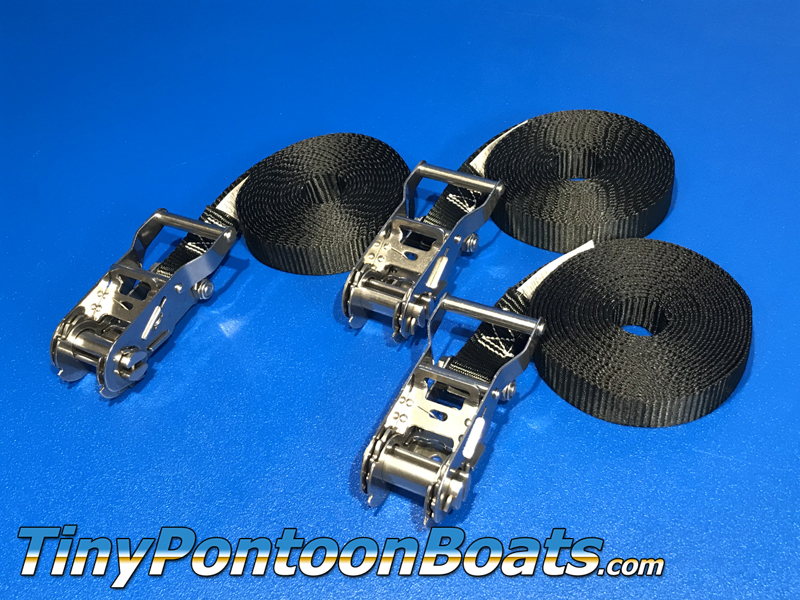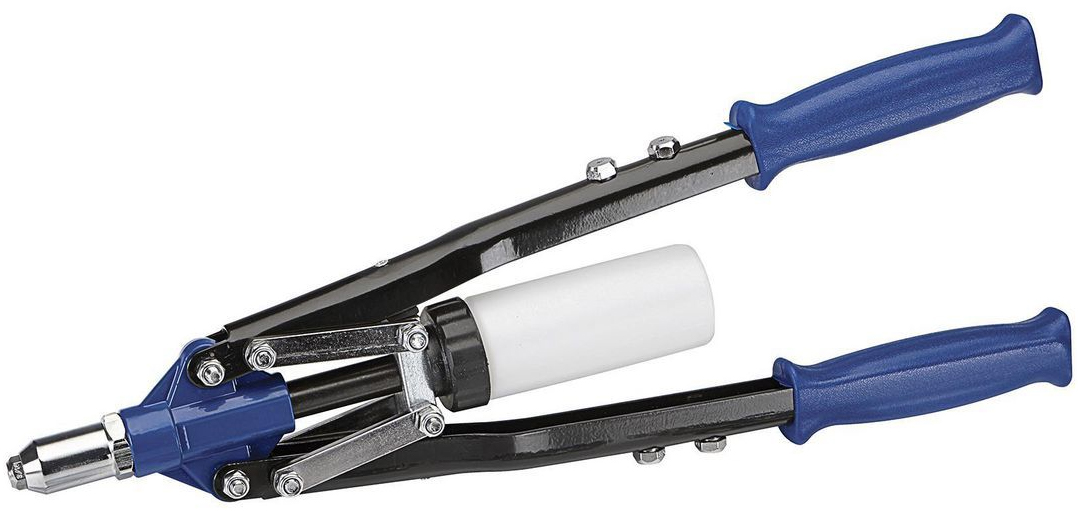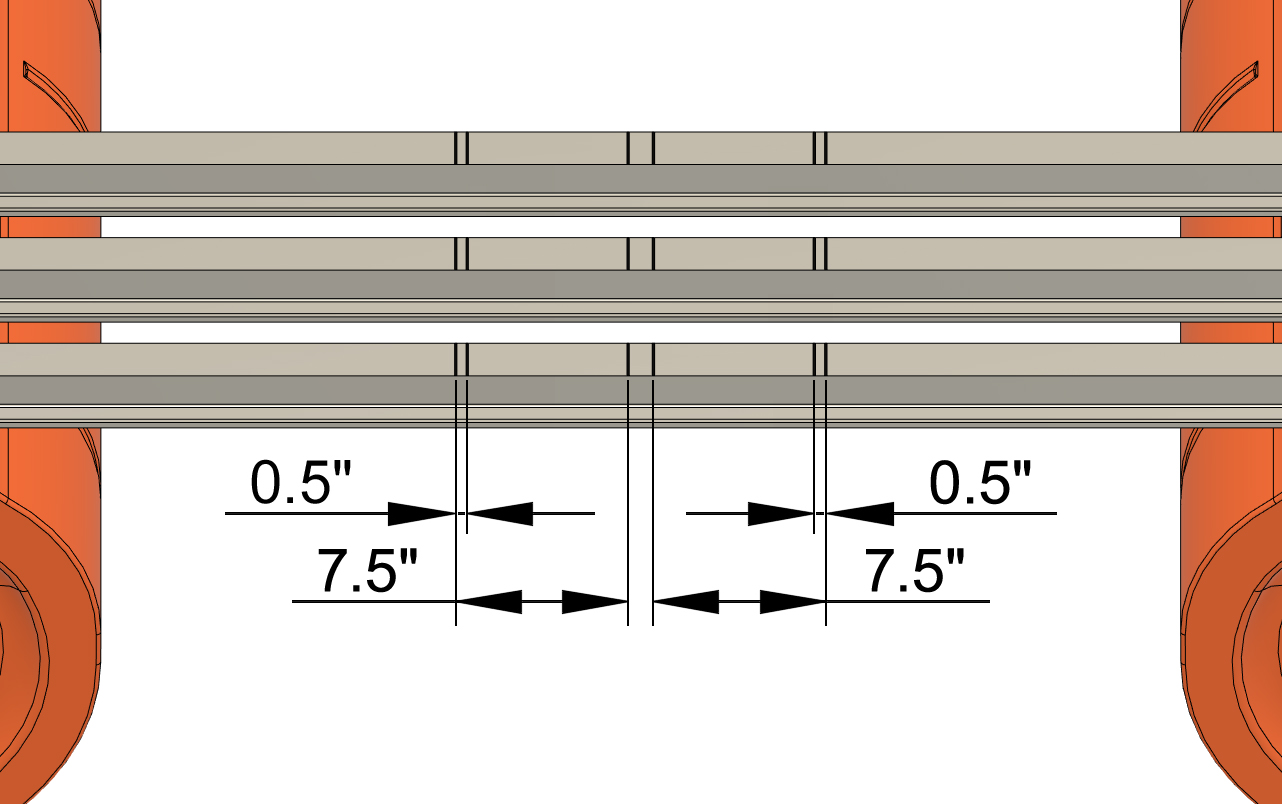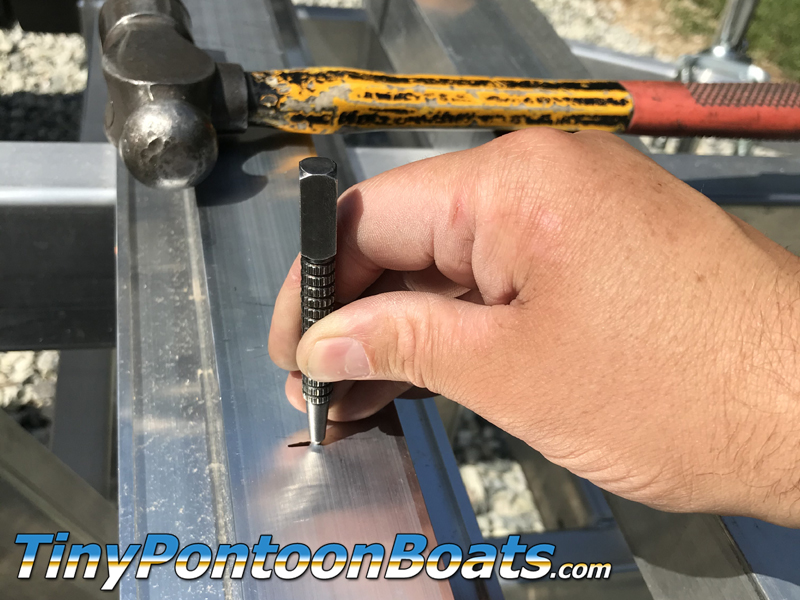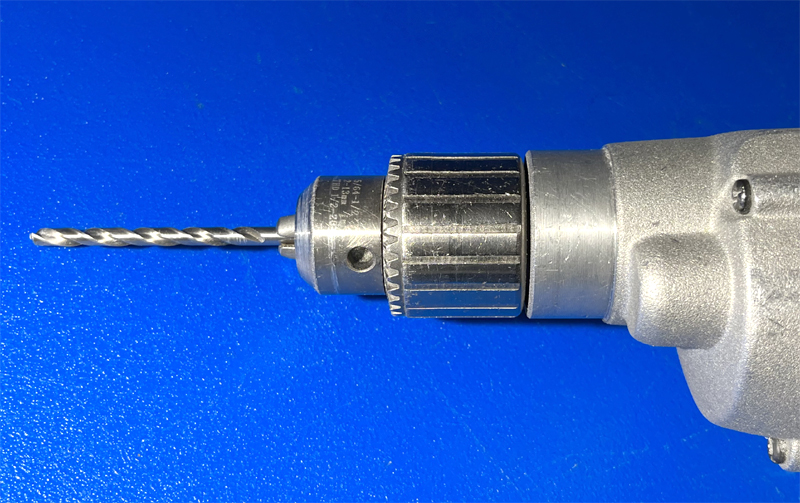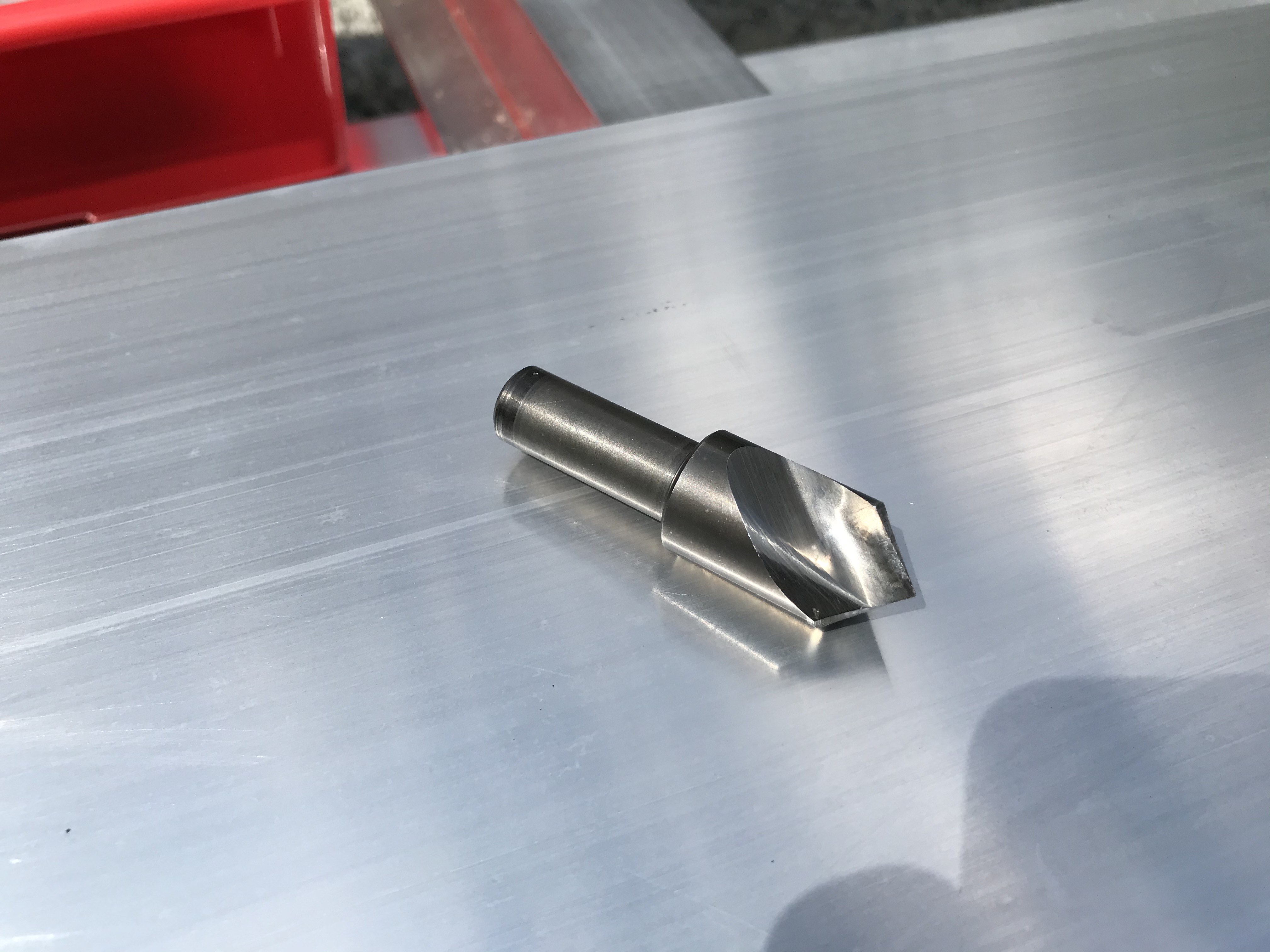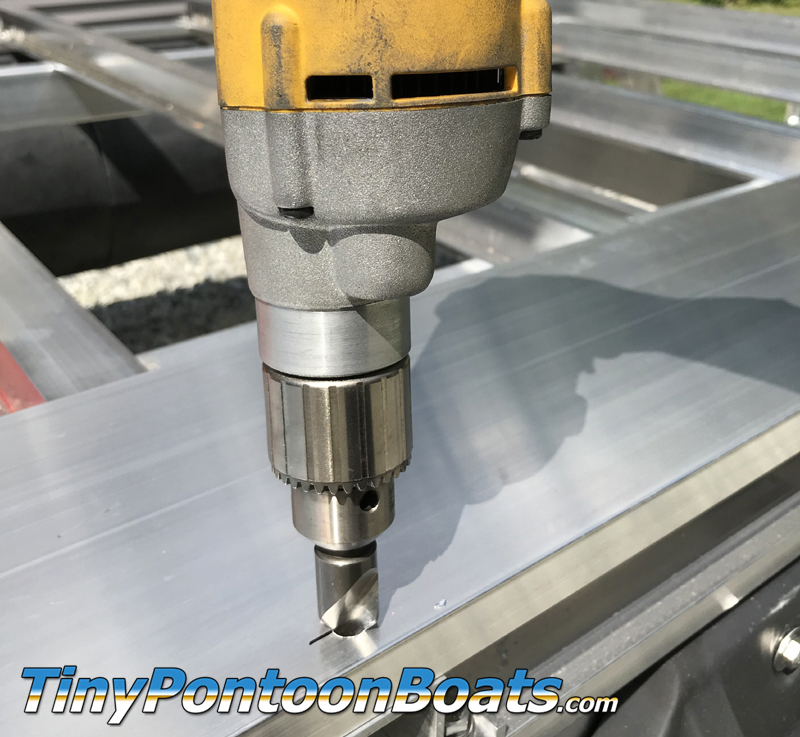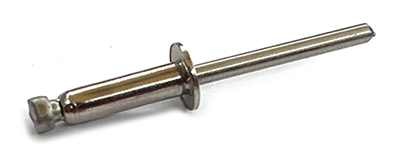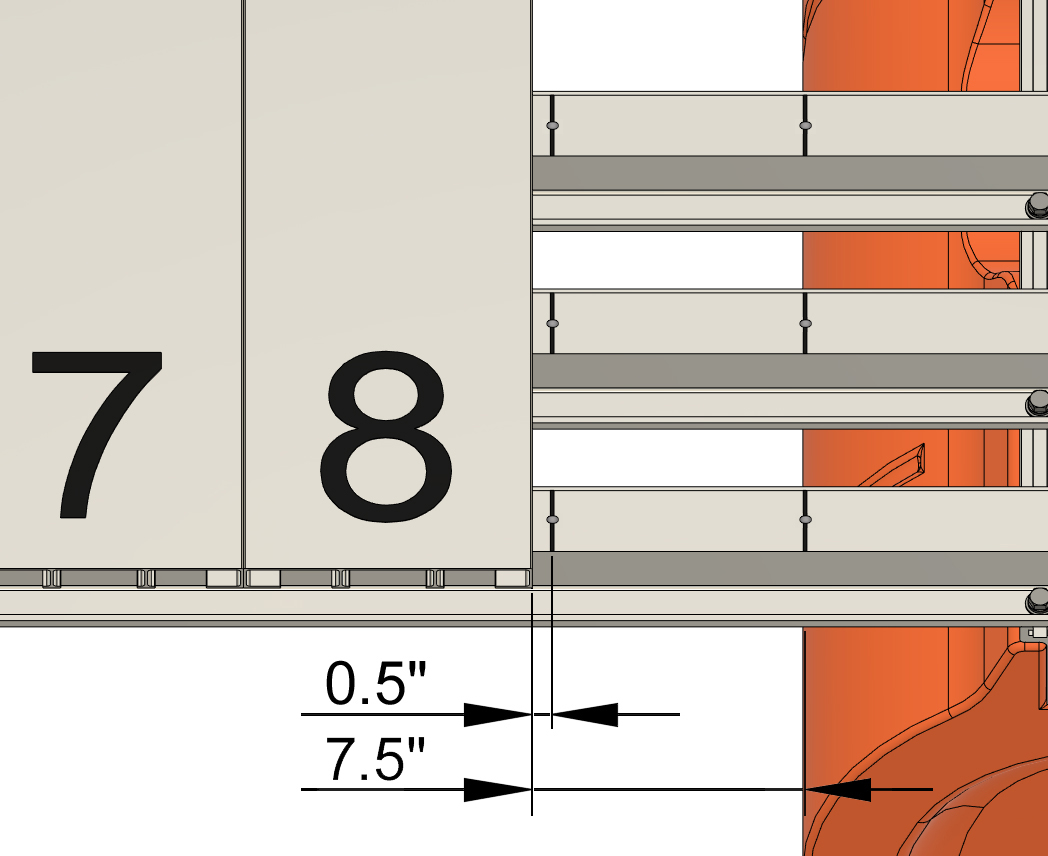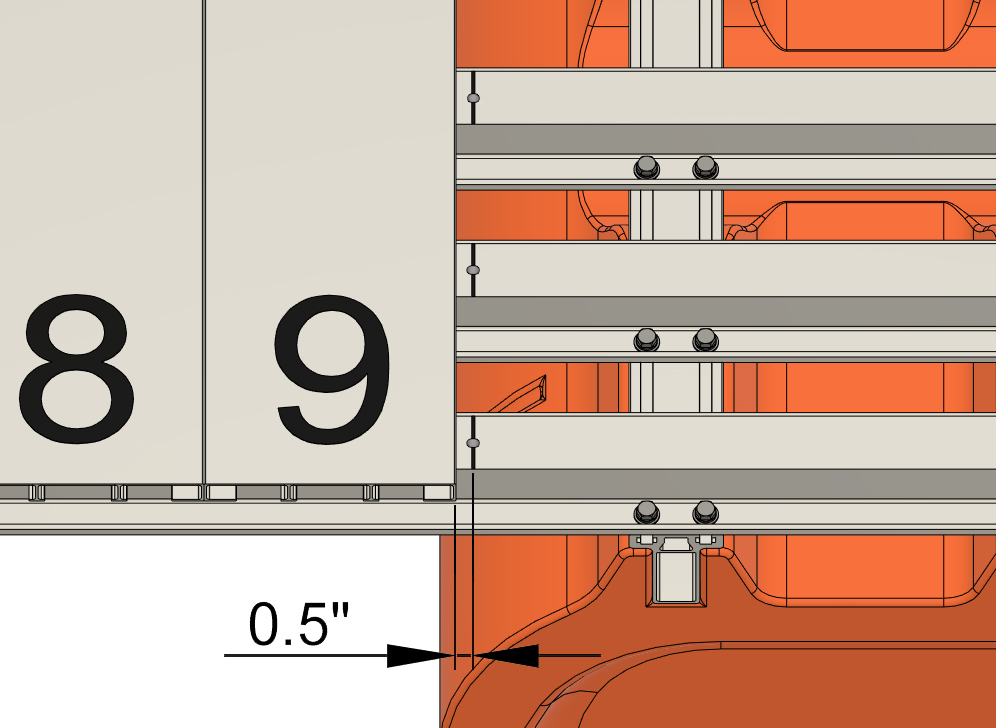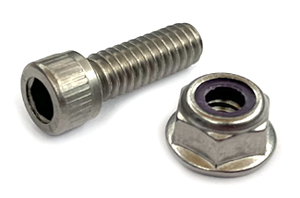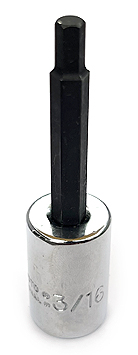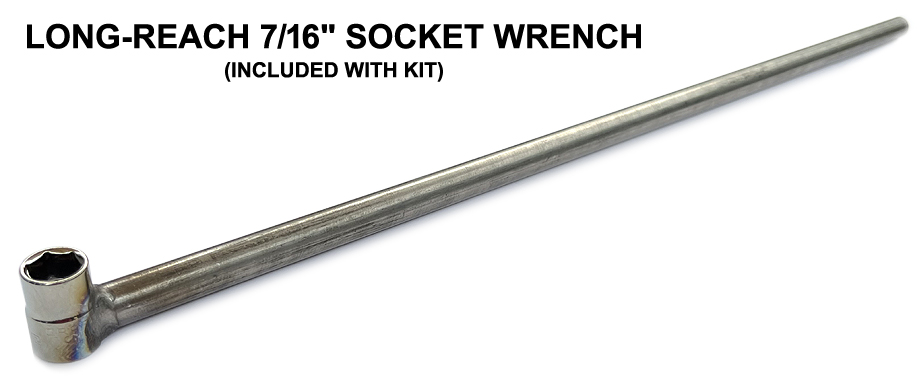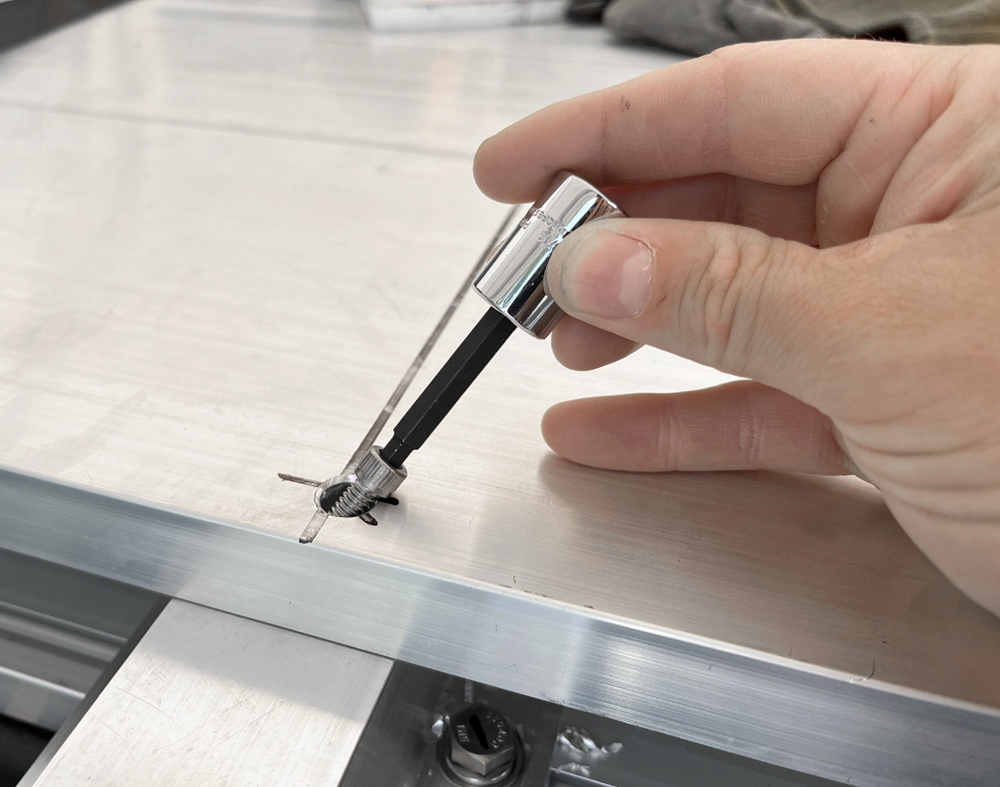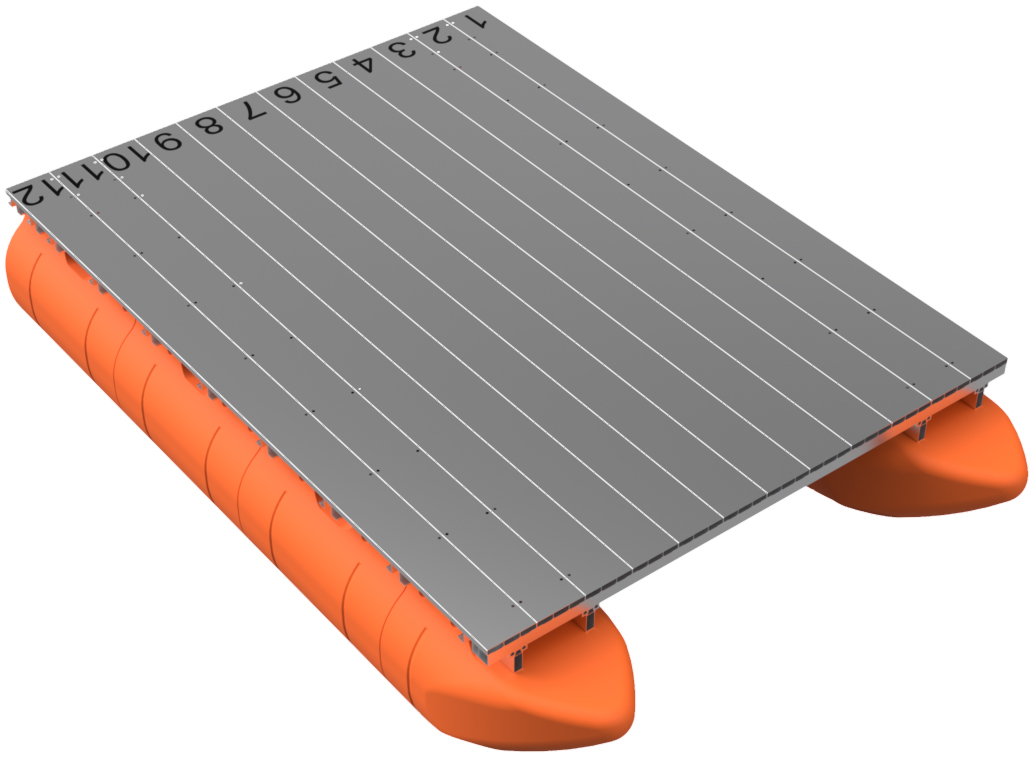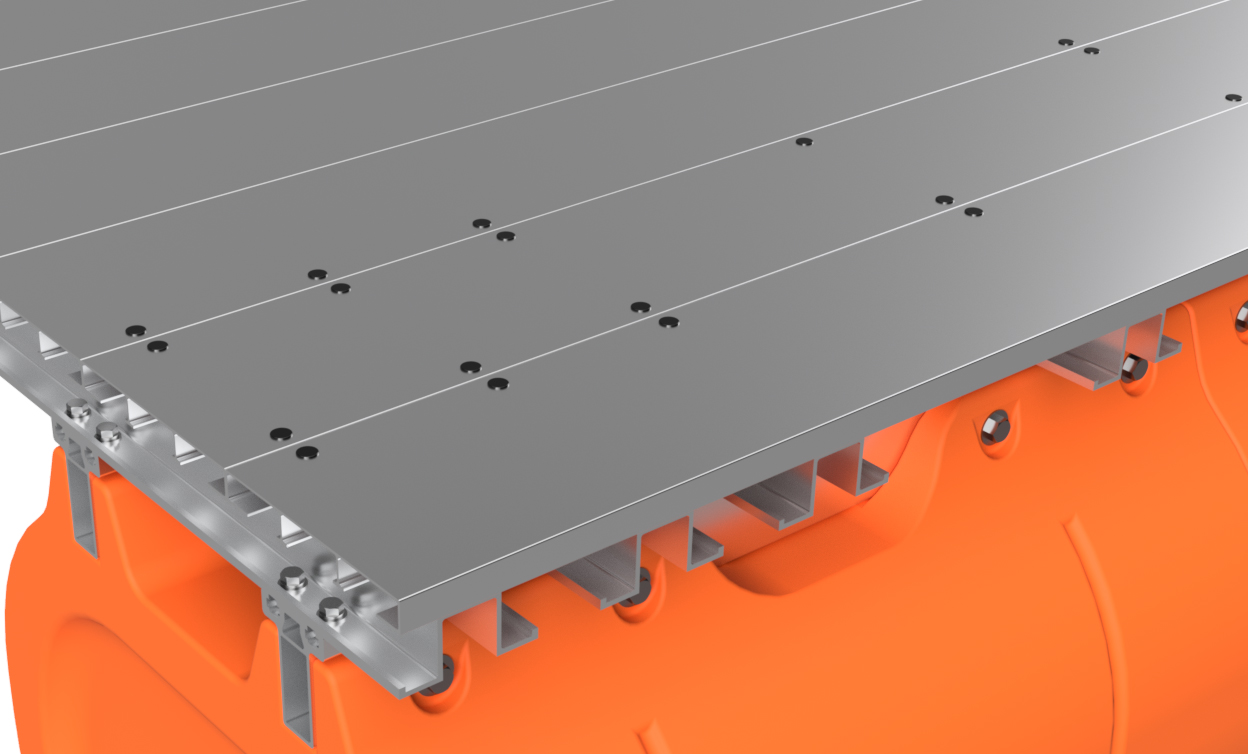

|
REQUIRED TOOLS
Installation of our aluminum decking packages require a few basic tools, as well as a couple specialized tools. Below we have provided a list of everything that you'll need, as well as a part numbers and links to where you can get the specialized tools from McMaster, which is a reasonably priced industrial supplier. Click on the part number to view the item on the McMaster website. Many customers will already have the majority of these tools, if not all of them. These tools (other than perhaps a rivet gun) should be stocked at your local home supply or hardware store as well. Please see the section below for rivet gun recommendations.
|
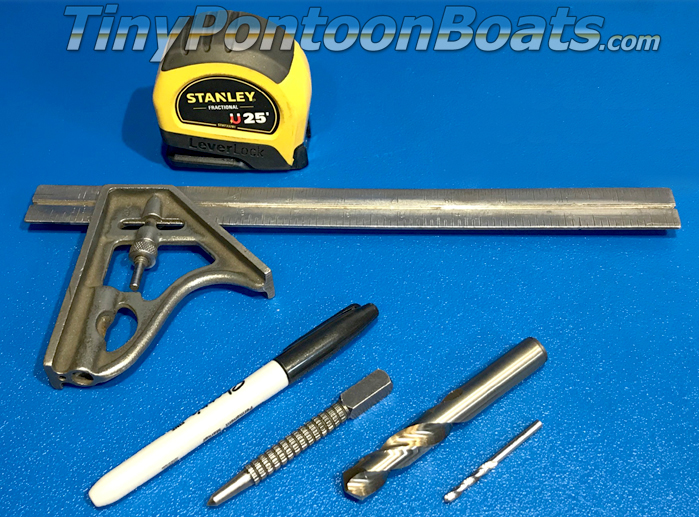
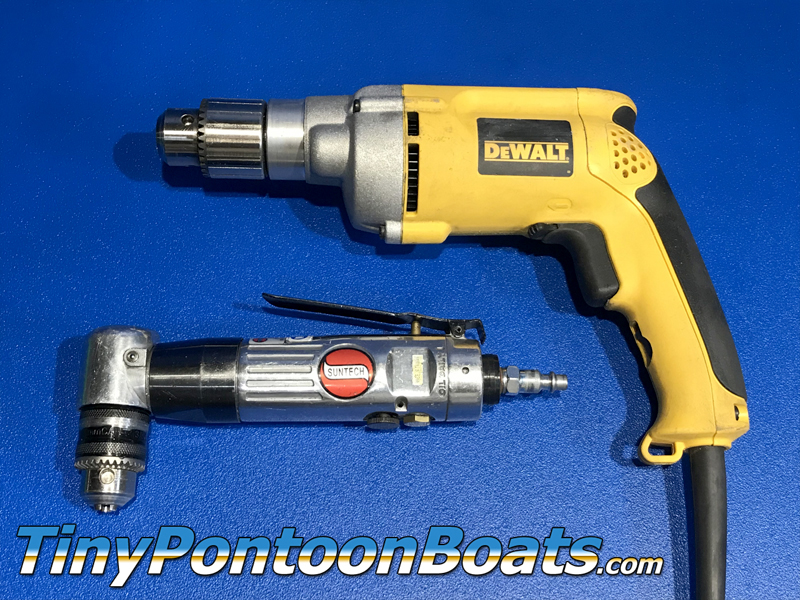
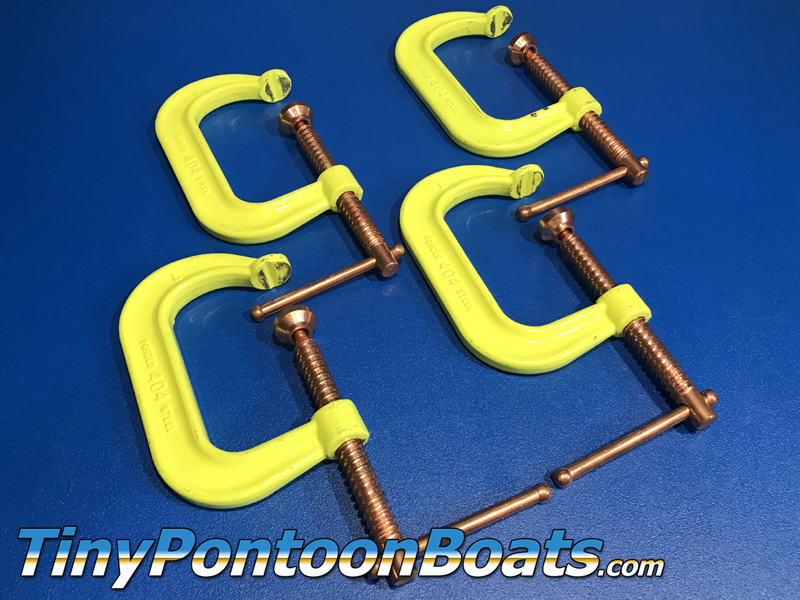
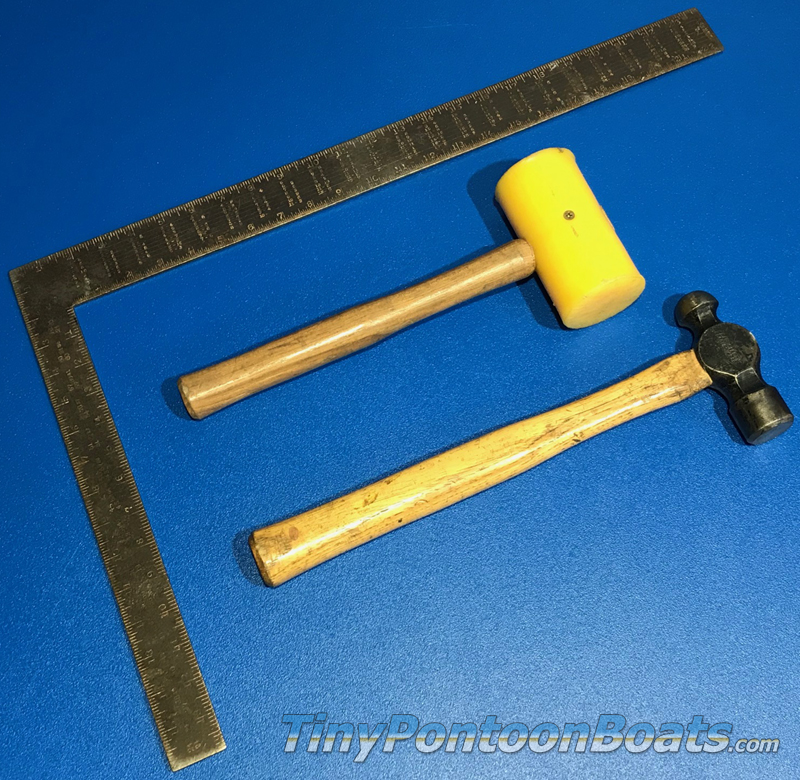
|

|
RIVET GUN RECOMMENDATIONS
Decking kits for our boat and raft kits with 27" wide floats requires installation of 128 to 230 rivets. The rivets are 3/16" diameter (pull pins are considered 1/8" - actually measure 0.12"), 18-8 stainless steel, which is a tough material, and requires considerable force to install. When installing one of our decking packages, we strongly suggest a powered rivet gun, or at least a rivet gun with long handles if using a manual tool. Can you assemble one of our kits with a simple one-hand manual rivet gun? No. The reason is that you have to be able to reach into the recess of each hat channel crossmember to install the rivets, so that simply won't work. If you don't already have an appropriate rivet gun, we've provided a couple recommendations. Click on the pictures to be brought to supplier links for either option.
PITTSBURGH TOOLS MODEL 58612: If a powered rivet gun isn't an option, a 2-handle manual unit is the way to go. It's able to reach installation locations on our kits and the 2-handle design allows you to have the leverage needed to install our stout rivets. We like this model hand riveter as it has long handles and is reasonably priced at Harbor Freight. For some boat kits, you may have to remove floats to reach the outermost decking rivets. |
CAMPBELL HAUSFELD MODEL TL053900:
This is the rivet gun that we use here at Tiny Pontoon Boats and it's never let us down. Other brands and models will work just fine, but we really like this gun. For the outermost rivets for our decking kits, the white plastic pin catching cup has to be removed, but this doesn't hinder the use of the gun. |

|
STEP 1
Please be aware that this set of instructions covers our full line of boat and raft kits that use our 27" floats. This includes kits with 7'4" and 8" wide decks. Any required procedural variation will be pointed out as we move forward.
Place your frame and float kit in a flat area and wipe the top of the crossmembers with a rag to ensure there's no debris from the frame assembly. During the installation of your decking package, you will have to go under the boat to drill holes and install many rivets, so if possible, we recommend putting the boat on spacers to raise it off your floor or work area to make the project more comfortable. When we build our small boats, we use a set of pontoon boat storage blocks from Pontoon Stuff. |
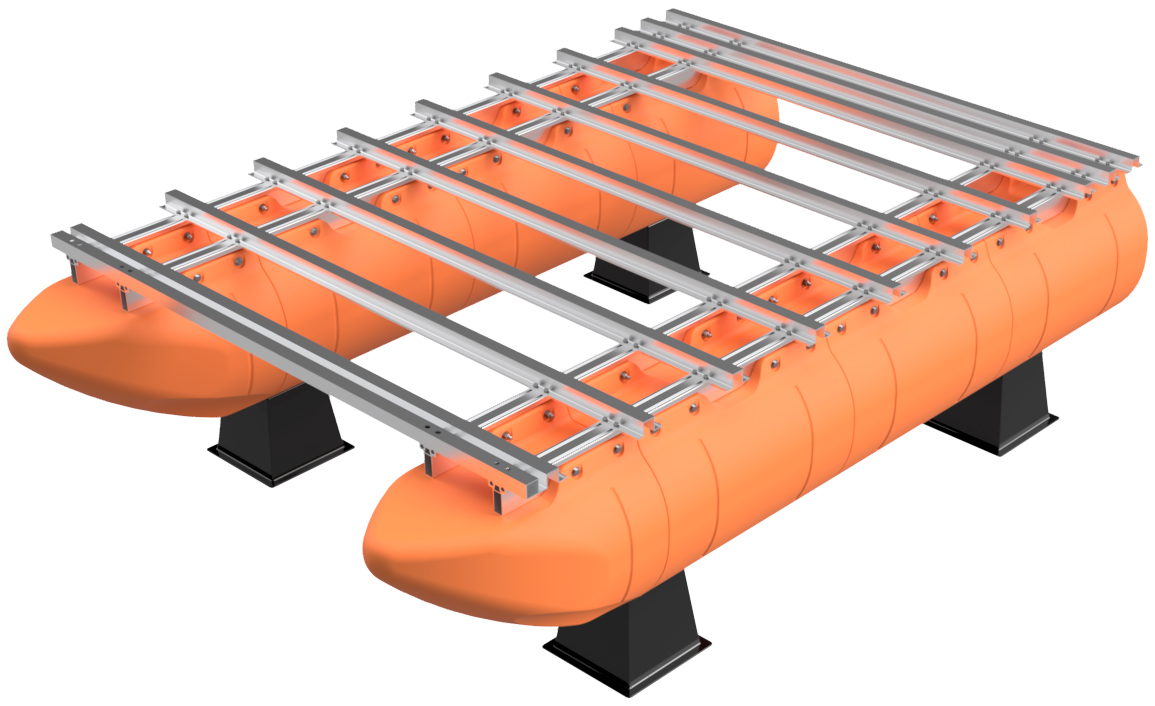
|


|
DECKING FASTENER DIAGRAMS:
Before moving onto step 3, find your boat kit listed below and click on the link to view the required decking fastener diagram. If possible, print the diagram or have it handy on a mobile device as you will need to reference it throughout the rest of the installation process. On your diagram, there are blue and red squares (we call them dots in some places) and the color of the square indicates which fastener to use and where it goes. You will note that the two outermost planks on either side of all the kits have fasteners going through every crossmember, but inner deck planks have staggered fastener positions. Following the applicable diagram is very important, and ensures that your boat's frame retains it's full strength when completed. Remember, you can't undrill holes, so take your time and be certain that you're following your diagram. If you print your diagram, it's easy to check off fasteners and planks as you go.
For those with single-nose boat kits and blunt-end work platforms, you will NEVER drill into a square tube crossmember. Dual-nose boat kits do not have square tube crossmembers. Single-nose pontoon boat kits: Dual-nose pontoon boat kits: Blunt-end work platform and swim raft kits: 8'x8' blunt work platform and swim raft kit 7'4"x9' blunt work platform kit |
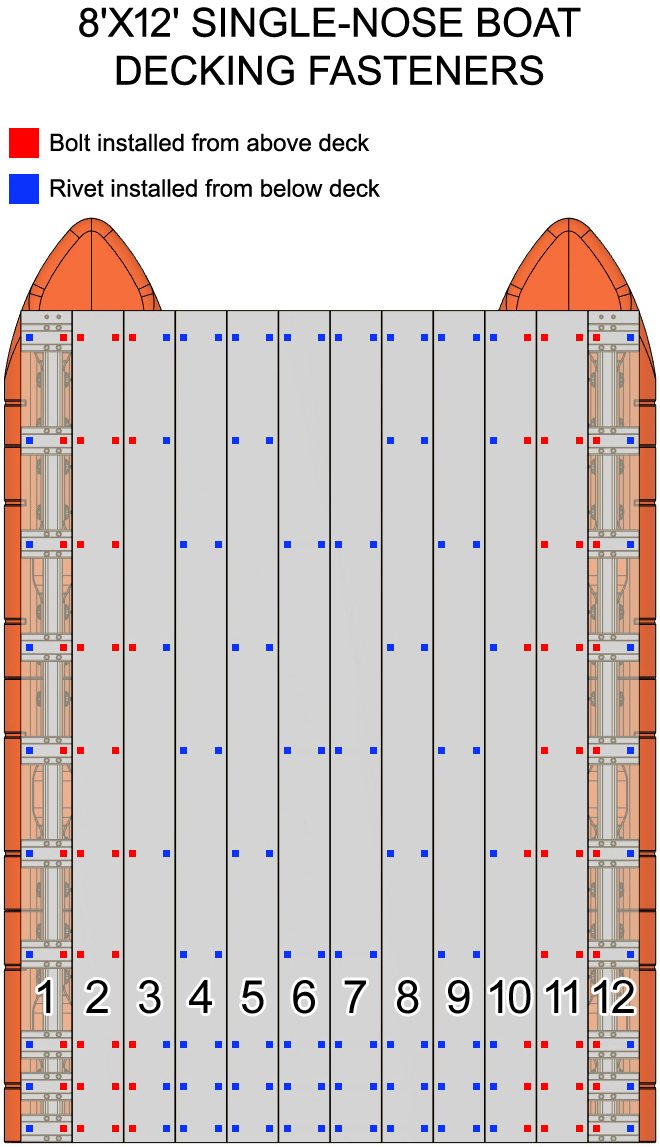
|
















